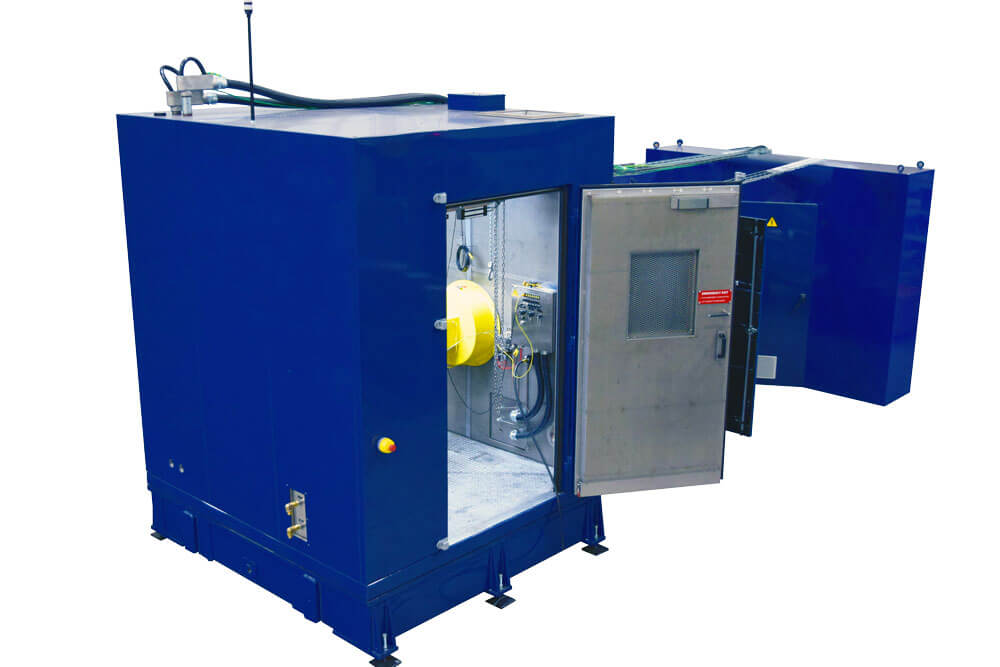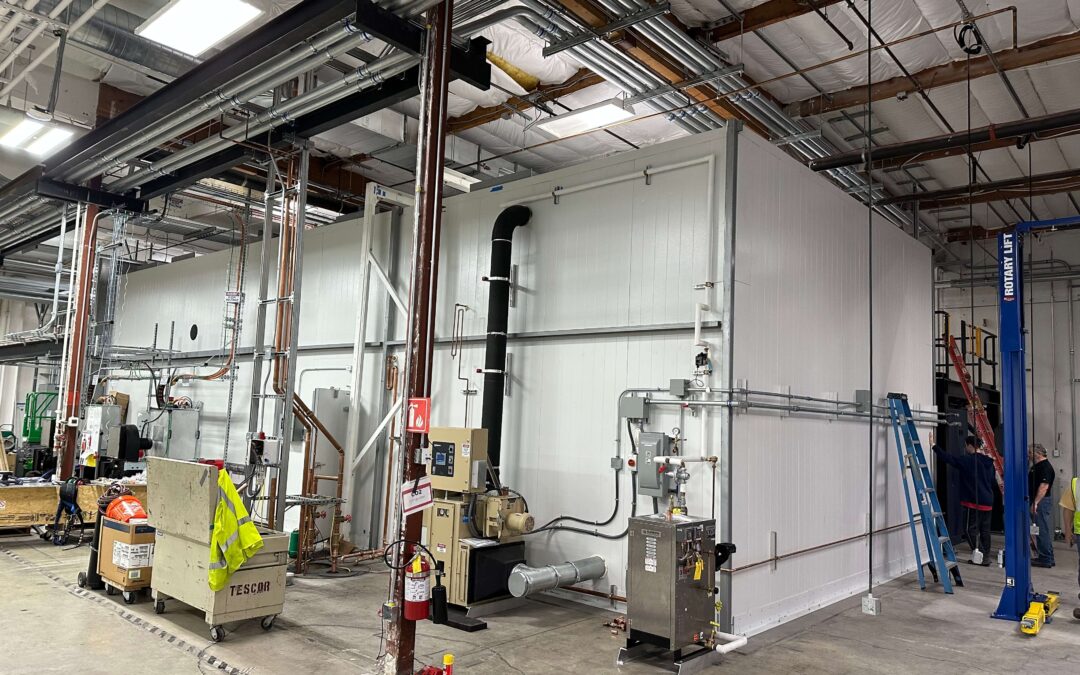Link Engineering Company is the leader in customized solutions, setting the standard for testing equipment and testing services, including the testing of emerging transportation technologies like Electric Vehicles and ADAS Systems. With involvement in e-mobility testing ranging from the powertrain, battery systems, NVH, and braking, LINK has added a new, state-of-the-art hub motor test system to its portfolio.
Introducing LINK’s new Hub Motor and NVH Test System, the Model 6642, a complete motor test solution for the Electric Vehicle and Plug-in Hybrid Electric Vehicle (EV/PHEV) industry.
Recent developments with In-Wheel Motor (IWM) propulsion systems now being used on certain production EV’s have driven a greater demand for advanced testing solutions within the laboratory. LINK’s experience and developed control technologies for testing electric motors, brake systems, and regenerative braking have led to the natural integration of all these capabilities into one. This allows testing of the complete IWM system on a single dynamometer, controlling a total driving cycle, including acceleration and braking maneuvers.
LINK’s Hub Motor and NVH Test System is a dual function or combined torque and speed test system specifically designed for EV/PHEV vehicle technology. The Model 6642 integrates both hydraulic braking and motor drive testing into a combined operation. The system can perform extensive motor characterization, run full hydraulic friction brake tests, and operate in combined or blended modes between the two subsystems. This new ability to operate both hydraulic braking and motor drive capabilities opens up countless opportunities for EV manufacturers to optimize or fully develop both systems simultaneously. For accurate NVH characterization, the Model 6642 includes an environmental sound chamber that precisely measures noises from the motor or hydraulic brake systems, allowing for testing at extreme temperature and humidity settings.
Being a comprehensive In-Wheel Motor (IWM) solution, the Model 6642 also simulates actual vehicle conditions. IWM’s operate within the wheel of the electric vehicle, unlike standard motor applications that are not subjected to this environment of extreme temperature, vibration, loading, and contamination. This means the IWM has to pass not only the motor performance requirements for the vehicle, but do so under typical chassis systems requirements as well. The Model 6642 can replicate the environmental conditions of temperature and humidity, plus a wide range of motor fluid cooling and heating. To assist with this testing, available upgrades include adding water spray, contaminants such as salt slurry, and Road Load Simulation (RLS), which provides additional capabilities to represent actual vehicle maneuvers like cornering.
Possessing years of testing experience across a wide range of industries and applications, LINK has a deep understanding of vehicle test equipment and software development. This diverse expertise has naturally progressed into the EV/PHEV industry. LINK’s global footprint accommodates regional and international electric vehicle testing standards and allows for the quick integration of advanced solutions. LINK delivers extensive EV equipment and laboratory testing services ranging from performance dynamometers, high RPM gearbox and motor testing, power electronics testing, NVH testing of e-machines, and more. From component level to full vehicle testing, LINK is the premier resource for electric vehicle testing needs. Read about LINK’s e-mobility testing efforts and find out more about the Model 6642 on our website.
Link Engineering Company is a global organization dedicated to the design and manufacturing of precision test systems. LINK’s in-house design and manufacturing capabilities range from full mechanical, electrical, and software design to fabrication, assembly, and acceptance. Headquartered in Plymouth, Michigan, near Detroit, LINK has capitalized on that strong foundation of craftsmanship for 85 years, and now operates 22 facilities in 7 countries across the globe.




